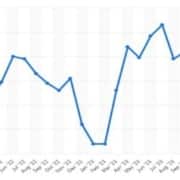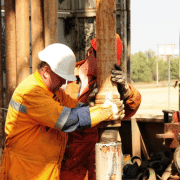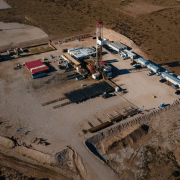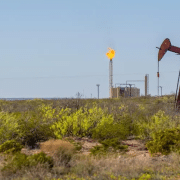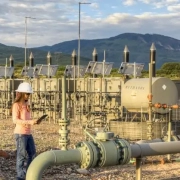A 1031 exchange presents a lucrative opportunity for real estate investors to defer capital gains taxes by reinvesting proceeds from the sale of one property into a like-kind property. However, for individuals who also use their property as a primary residence, navigating the rules to preserve primary residence status can be complex. In this comprehensive guide, we delve into the strategies and considerations for preserving primary residence status in a 1031 exchange, providing valuable insights for homeowners looking to optimize their tax planning and investment strategies.
Understanding the Basics of a 1031 Exchange
Before exploring strategies to preserve primary residence status, it’s essential to grasp the fundamentals of a 1031 exchange. Also known as a like-kind exchange, a 1031 exchange allows real estate investors to defer capital gains taxes on the sale of investment or business property by reinvesting the proceeds into another property of equal or greater value. This tax-deferral strategy is authorized under Section 1031 of the Internal Revenue Code and can be a powerful tool for building wealth and maximizing investment returns.
Defining Primary Residence Status
Refers to the property that an individual occupies as their main home or dwelling. It is typically the place where the individual resides for the majority of the year and has established legal and financial ties, such as voter registration, driver’s license, and mailing address. Primary residence status can confer certain tax benefits, including exemptions from capital gains taxes on the sale of a home up to certain thresholds ($250,000 for individuals, $500,000 for married couples filing jointly) under the Internal Revenue Code Section 121.
Preserving Primary Residence Status in a 1031 Exchange
Preserving primary residence status while engaging in a 1031 exchange requires careful planning and adherence to IRS guidelines. Here are key strategies and considerations to help homeowners navigate this process:
Intent and Use: To preserve, homeowners must demonstrate their genuine intent to use the property as their primary residence both before and after the exchange. This includes occupying the property for the requisite amount of time each year and maintaining consistent records of residency, such as utility bills, bank statements, and tax filings.
Minimum Occupancy Requirement: The IRS does not specify a minimum occupancy requirement in the context of a 1031 exchange. However, homeowners should aim to occupy the property for at least 6-12 months following the exchange to establish continuity of use and avoid potential scrutiny from tax authorities.
Documentation and Evidence: It’s essential for homeowners to maintain comprehensive documentation and evidence supporting including proof of occupancy, utility bills, property tax records, and any other relevant documentation that establishes the property as their main home.
Professional Guidance: Given the complexity of tax laws and regulations governing 1031 exchanges and primary residence status, homeowners should seek professional guidance from qualified tax advisors, real estate attorneys, and certified public accountants (CPAs) with expertise in real estate transactions and tax planning.
Structuring the Exchange: Depending on the specific circumstances and goals of the homeowner, there are different ways to structure a 1031 exchange to preserve primary residence status. For example, homeowners may consider completing the exchange within a designated timeframe to minimize the period of non-occupancy or explore alternative strategies such as a reverse exchange or a delayed exchange.
Potential Risks and Compliance Considerations
While preserving primary residence status in a 1031 exchange can offer tax benefits and financial advantages, homeowners must ensure full compliance with IRS regulations to avoid potential risks and penalties. Failure to meet the requirements or engaging in fraudulent activities to manipulate residency status can result in adverse consequences, including tax audits, fines, and legal liabilities.
Preserving primary residence status in a 1031 exchange requires meticulous planning, documentation, and adherence to IRS guidelines. By understanding the strategies and considerations outlined in this guide, homeowners can navigate the complexities of tax planning and real estate investment effectively while maximizing the benefits of a 1031 exchange. With careful attention to detail and professional guidance, individuals can optimize their tax savings and investment outcomes while preserving the integrity of their primary residence status.
If you have further questions related to the topic, feel free to reach out to us here.




